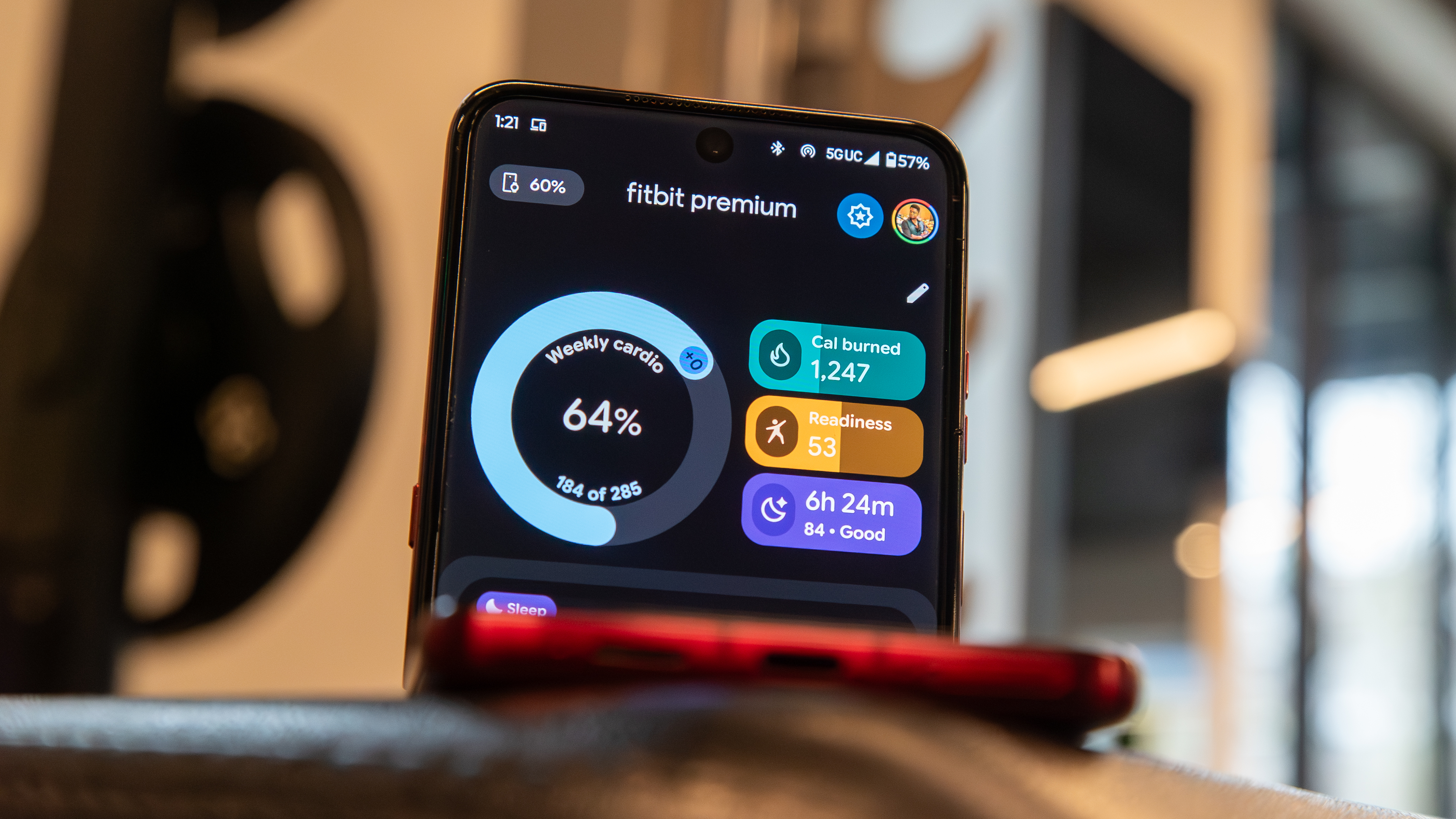Samsung Galaxy S21 FE vs. Apple iPhone 13: Clash of OS clans
Once again, we debate the value of an Android phone against one that runs iOS.
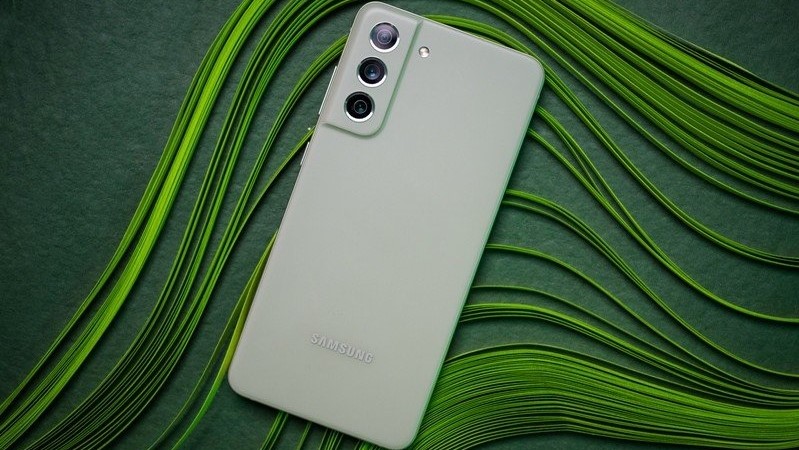
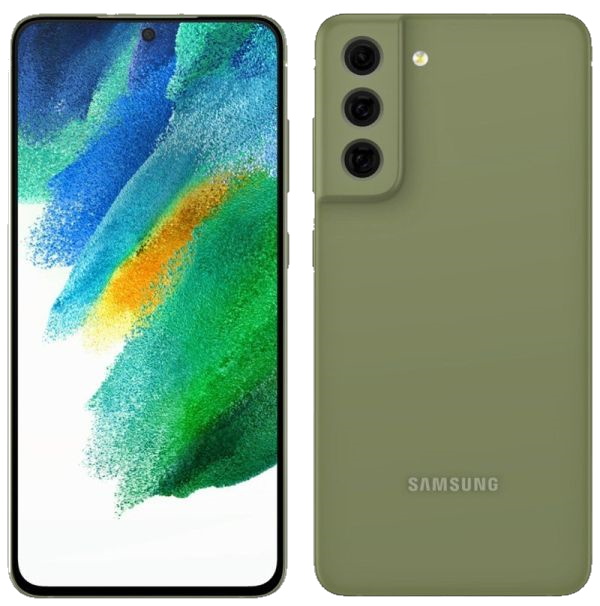
The Samsung Galaxy S21 FE is an S series Galaxy device for those who want a flagship-level phone without shelling out flagship-tier money. Equipped with the Snapdragon 888, an adequate set of cameras, and a snappy 120Hz Dynamic AMOLED 2X display, you almost get that, but this "Fan Edition" just isn't as good as the last one.
+ 120Hz Dynamic AMOLED 2X
+ All-day battery and then some
+ Three years' OS updates
+ Smooth performance
+ Slim, lightweight phone
- Doesn't beat S20 FE's value
- Less powerful than A15 Bionic
- Photography pales next to iPhone 13
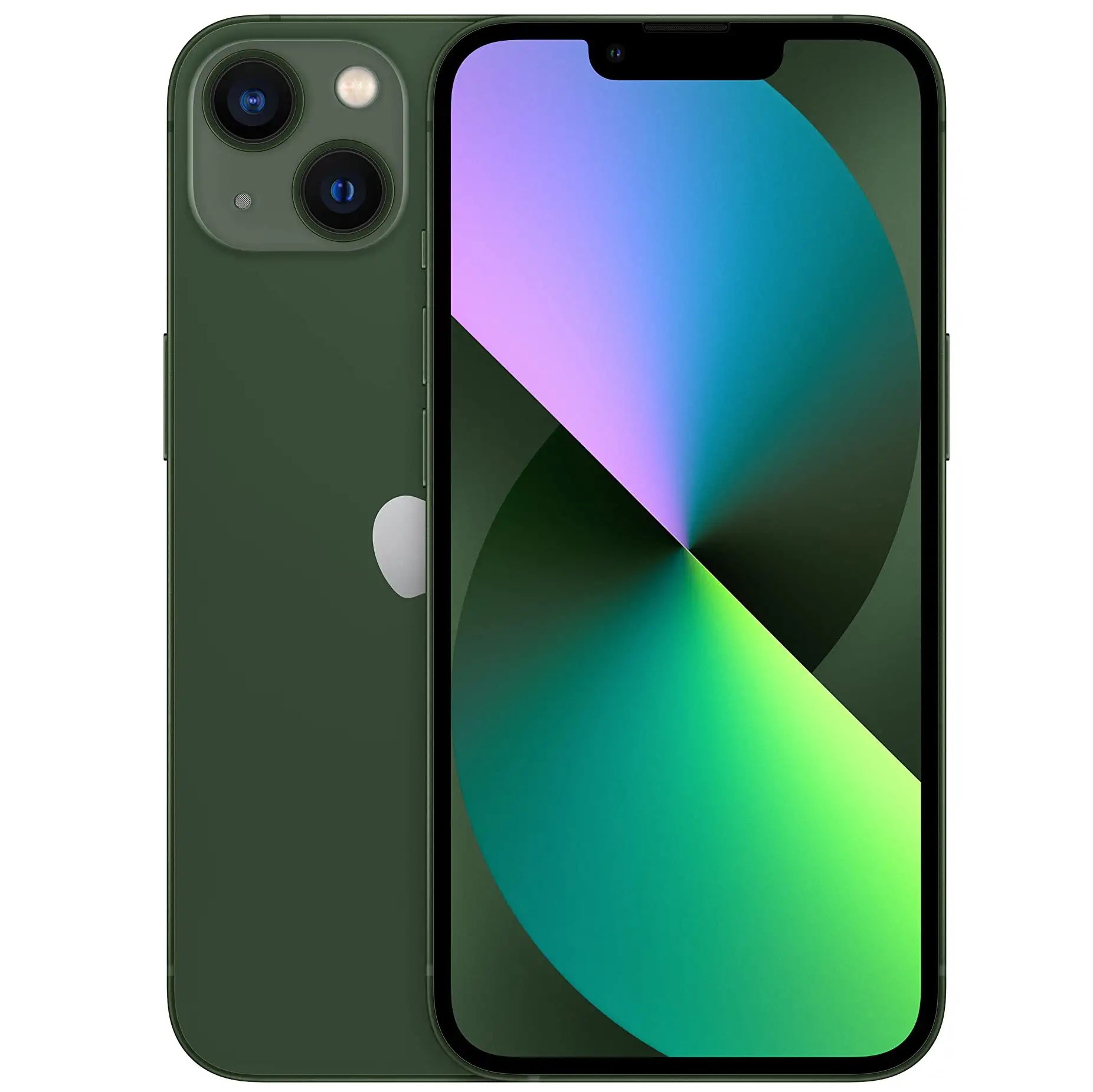
2021 saw Apple introduce the iPhone 13, a brilliant little iOS device in refreshing new shades. It features the latest A15 Bionic chipset along with some fantastic cameras. The iPhone 13 almost offers the complete flagship experience, but there's no Touch ID and you're stuck with 60Hz for the display.
+ A15 Bionic slays all other processors
+ Five years of major updates
+ Cameras excel at photo and video capture
+ Bright, smooth display
+ Battery lasts all day long
+ Pocket-friendly size and weight
- No Touch ID
- Huge camera notch
- Still uses Lightning port
The Samsung Galaxy S21 FE tries to fill the shoes of the preceding S20 FE, which was a smashing hit for several reasons. Mainly, though, fans were able to get upper-tier specs at an accessible price. While the S21 FE didn't achieve the same level of success, it's still an all-around great Android phone with solid internals.
On the other hand, the iPhone 13 isn't trying to be an affordable version of its flagship model. This phone is meant to be a full-fledged, upper-tier Apple device. You get the improved A15 Bionic chip that puts even the greatest Qualcomm silicone to shame. Some go as far as to call the iPhone 13 the best iPhone, period.
Pitting the Apple iPhone 13 against the Samsung Galaxy S21 FE might seem unfair as they are fundamentally different phones, top to bottom, and they sit in different price brackets and ecosystems. Still, let's explore the differences between the two devices to discover the merits of choosing either one over the other.
Samsung Galaxy S21 FE vs. Apple iPhone 13: Display and design
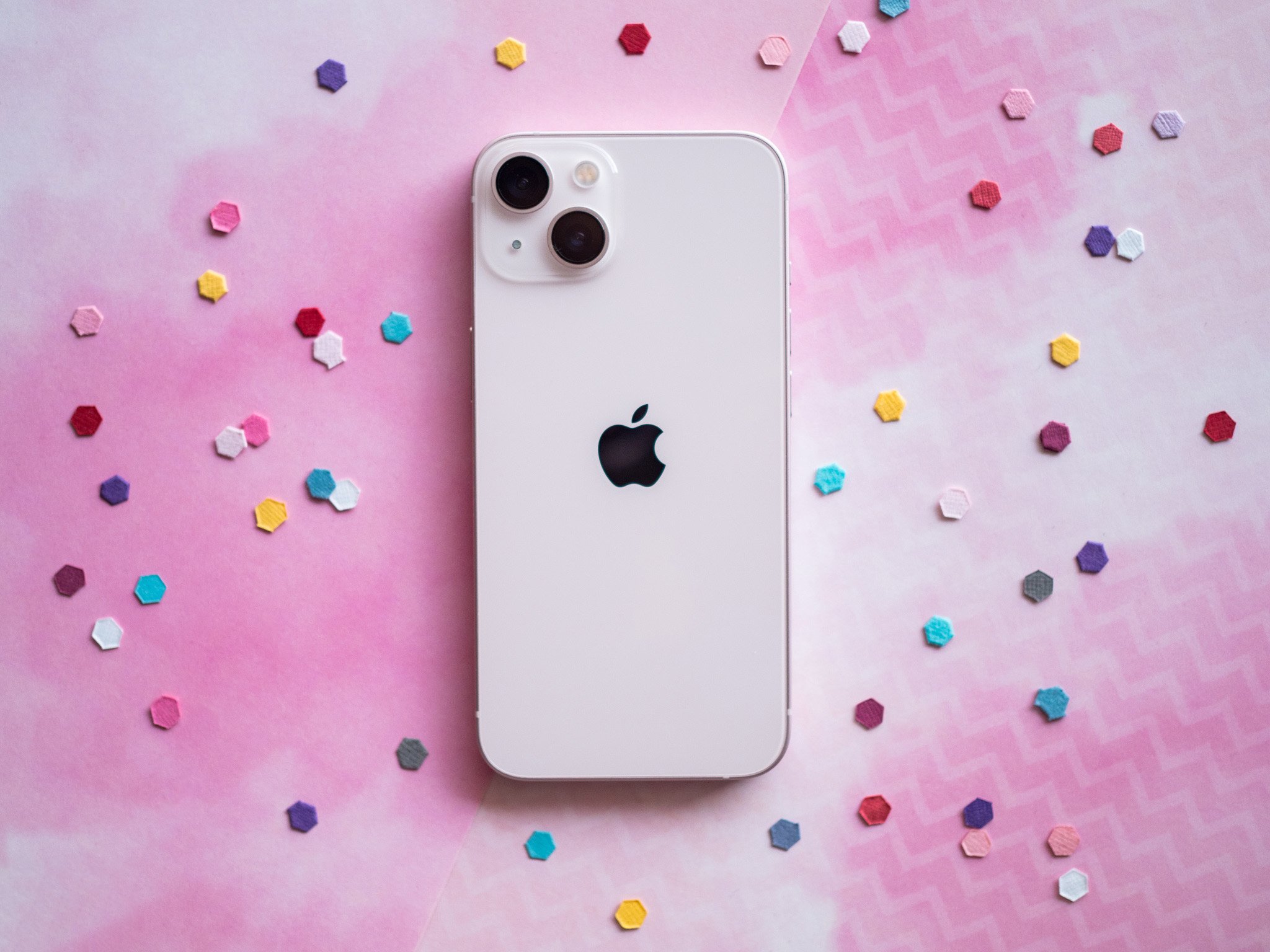
The Galaxy S21 FE is mostly constructed of plastic and has a metal frame, but Samsung elevated the look by coating the entire phone in a single matte shade. It fits in nicely with the S21 series and the newer S22 lineup. The beautiful 6.4-inch Dynamic AMOLED 2X steals the spotlight, with its smooth 120Hz refresh rate and 240Hz touch sampling rate you get in the gaming mode.
The Samsung Galaxy S21 FE's small camera notch gives you more screen real estate as opposed to the gigantic rectangular one on the iPhone 13. While the Apple device's gigantic cutout mars the display, everything else about its 6.1-inch Super Retina XDR OLED display is sublime, even with a 60Hz screen refresh rate.
You'll be surprised to know that the iPhone 13's display is in fact brighter than the Galaxy S21 FE's vivid panel. Unfortunately, it doesn't have an optical in-display fingerprint scanner like Samsung. Instead, iPhone 13 users have to rely on Face ID for biometric security.
Get the latest news from Android Central, your trusted companion in the world of Android
Design-wise, the iPhone 13 maintains the look of the iPhone 12. Apple users will feel familiar with the glass and metal build, flat structure, and curved edges. Both the S21 FE and the iPhone 13 are lightweight phones with IP68 water and dust resistance and they look and feel lightweight and easy to use.
Samsung Galaxy S21 FE vs. Apple iPhone 13: Hardware and battery life
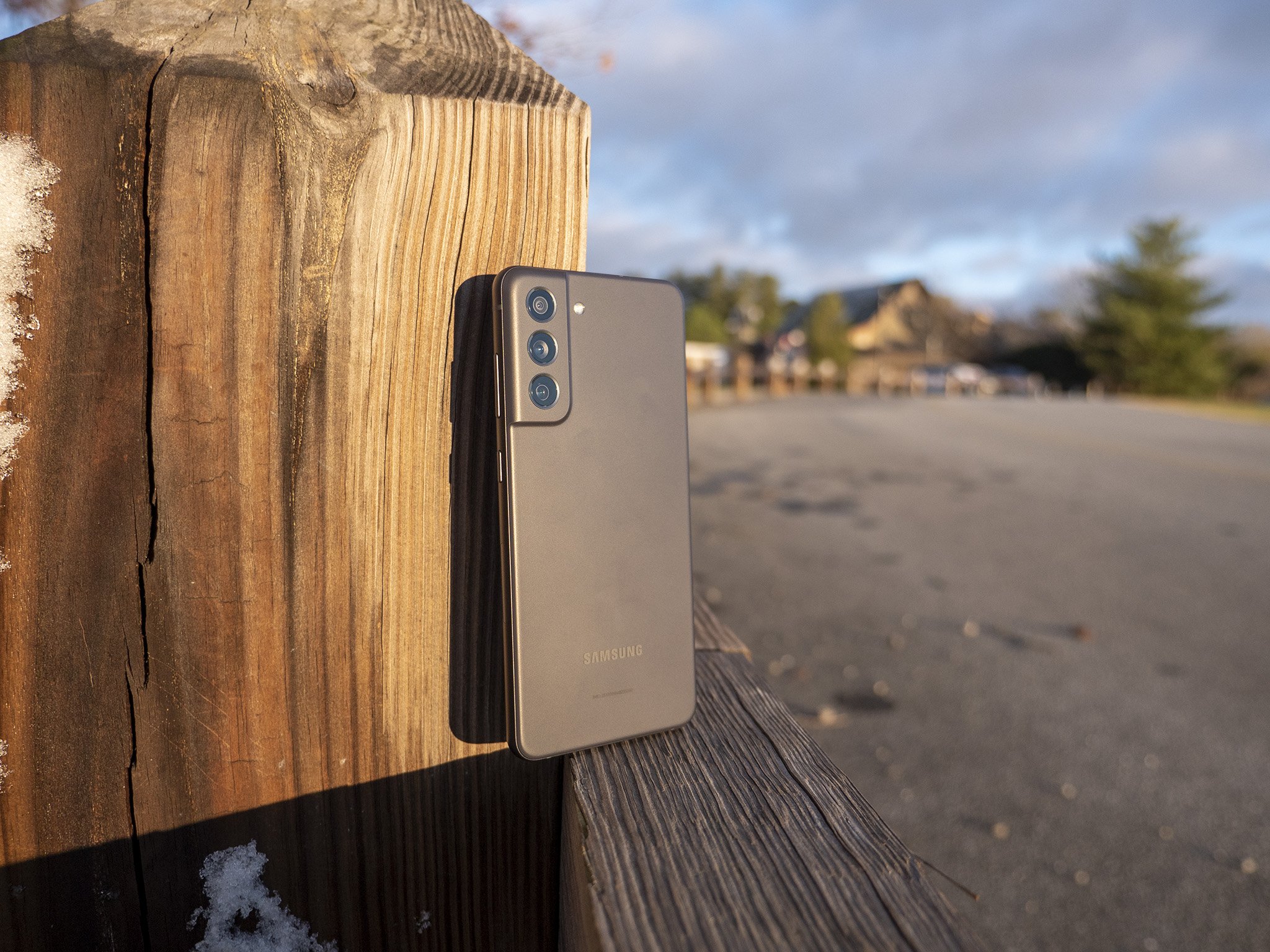
Good looks are nice to have, but buying the prettiest phone isn't a major priority for most people. When looking to purchase or upgrade a device that is constantly in use, it's the insides that really count. Do these phones deliver on that front? Without a shred of doubt, yes.
You could go out and grab either phone and you'd be perfectly happy. However, there's definitely a marked difference in how well the Samsung Galaxy S21 FE and the iPhone 13 will serve you. For a better understanding, let's start with the bits and baubles that power them.
| Category | Samsung Galaxy S21 FE | Apple iPhone 13 |
|---|---|---|
| Display | 6.4-inch Dynamic AMOLED 2X, 120Hz, HDR10+ | 6.1-inch Super Retina XDR OLED, HDR10, Dolby Vision |
| OS | Android 12/One UI 4 | iOS 15 |
| Processor | Snapdragon 888 or Exynos 2100 | A15 Bionic |
| RAM | 6GB/8GB | 4GB |
| Memory | 128GB/256GB | 128GB/256GB/512GB |
| Rear Camera 1 | 12MP ƒ/1.6 (primary) | 12MP ƒ/1.6 (primary) |
| Rear Camera 1 | 12MP, ƒ/2.2 (ultra-wide) | 12MP ƒ/2.4 (wide-angle) |
| Rear Camera 3 | 8MP, ƒ/2.4, 3x optical zoom (telephoto) | ❌ |
| Front camera | 32MP, ƒ/2.2 | 12MP ƒ/2.2 |
| Battery | 4,500mAh, 25W fast charging, 15W wireless charging, reverse wireless charging | 3,240mAh, 23W wired charging, 15W MagSafe wireless charging |
| Biometrics | In-display fingerprint reader, face unlock | Face ID |
| Protection | IP68 water/dust resistance, Gorilla Glass Victus | IP68 water/dust resistance, Ceramic Shield |
| Connectivity | Wi-Fi 6, Bluetooth 5.0, NFC, 5G | Wi-Fi 6, Bluetooth 5.0, NFC, 5G |
| Weight | 177g | 174g |
The Galaxy S21 FE comes with either the excellent Snapdragon 888 or the Exynos 2100 chip depending on where you buy it from. They are both 5nm octa-core SoCs but the Snapdragon variant performs better. With that, Samsung offers 6GB/8GB RAM and 128GB/256GB storage options.
Apple turns it up a notch, giving you the newest and incredibly powerful A15 Bionic chip under the hood. The iPhone 13 has only 4GB RAM, but the hexa-core A15 processor is built from the ground up to run smoothly off of that specification. You don't need any more RAM to extract snappy performance from this iPhone.
Other connectivity modules such as Wi-Fi 6, Bluetooth 5.0, NFC, and 5G are present in both phones. Of course, the Galaxy S21 FE is compatible with a wider range of accessories such as Bluetooth headphones and smart home products, owing to the open nature of the Android ecosystem. Choosing the iPhone 13 narrows the number of compatible companion devices and accessories available to you, but there are still great accessories you can buy.
Moving on to the battery life, both phones deliver similar uptimes of about 24 hours or more depending on your usage. This is especially impressive on the iPhone's part, considering the tiny 3,240mAh cell. However, the Samsung Galaxy S21 FE comes out on top by a small margin of total battery ife.
Once you're all out of charge, both phones can be topped up using wired or wireless methods. The Android device supports 25W fast wired and 15W wireless charging, along with reverse charging capabilities. Similarly, the iOS phone also features 23W fast wired and 15W MagSafe wireless charging. The iPhone 13 misses out on reverse wireless charging though. Neither phone ships with a charger in the box.
Samsung Galaxy S21 FE vs. Apple iPhone 13: Software
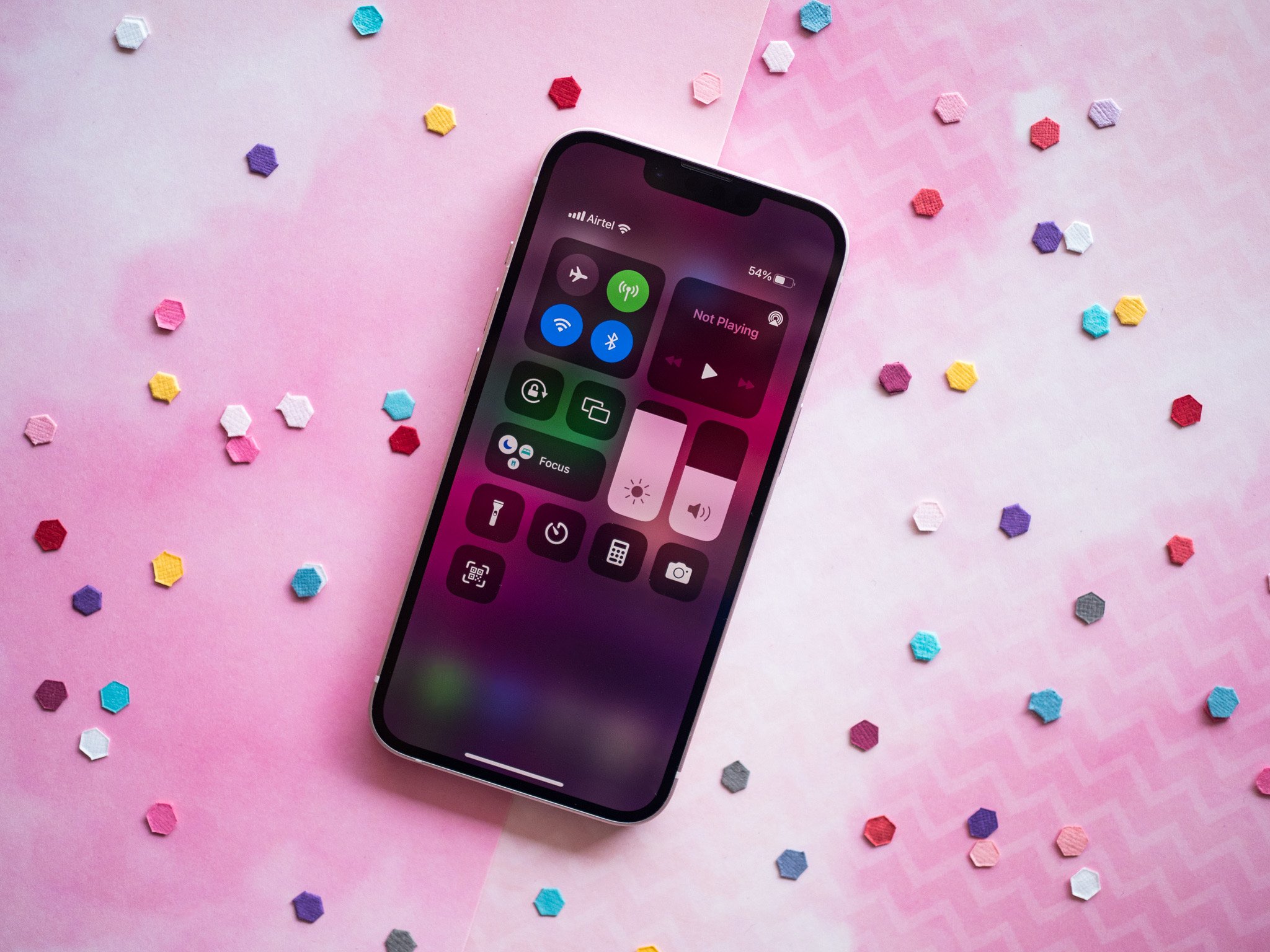
Comparing the software on an Android phone and an iOS device is like comparing apples to oranges. Which one you choose comes down to personal preference, taste, and comfort. Long-time Apple users will lean towards iOS, whereas Android veterans will definitely love their operating system more. This is all the more accurate for loyal Samsung users who have been using the One UI on Android for ages.
For Android users, iOS isn't nearly as tempting because of the sheer number of possibilities Android opens up thanks to its open-source nature. This makes switching from iOS very tempting for those who are bored of Apple's software or feel limited in their abilities on iPhones. However, the closed-off nature of iOS makes it easier for Apple to keep it secure and bug-free. iOS 15 is reliable, consistent, and also sports some great features — even if some of those features are ripped off of Android.
The Samsung Galaxy S21 FE comes with One UI 4/Android 12 pre-installed that can be upgraded to the latest One UI 4.1 right away. It may not have all the cool Material You features of Android 12, but it's still excellent to use and supports the dynamic color theme function to a decent extent. Samsung has guaranteed four years of security and three years of major platform updates.
Apple promises to push updates for even longer, pledging an impressive five years of OS upgrades on the iPhone 13. Looking at factors like longevity and long-term investment value, the iPhone definitely gives you more than the Galaxy S21 FE.
Samsung Galaxy S21 FE vs. Apple iPhone 13: Cameras
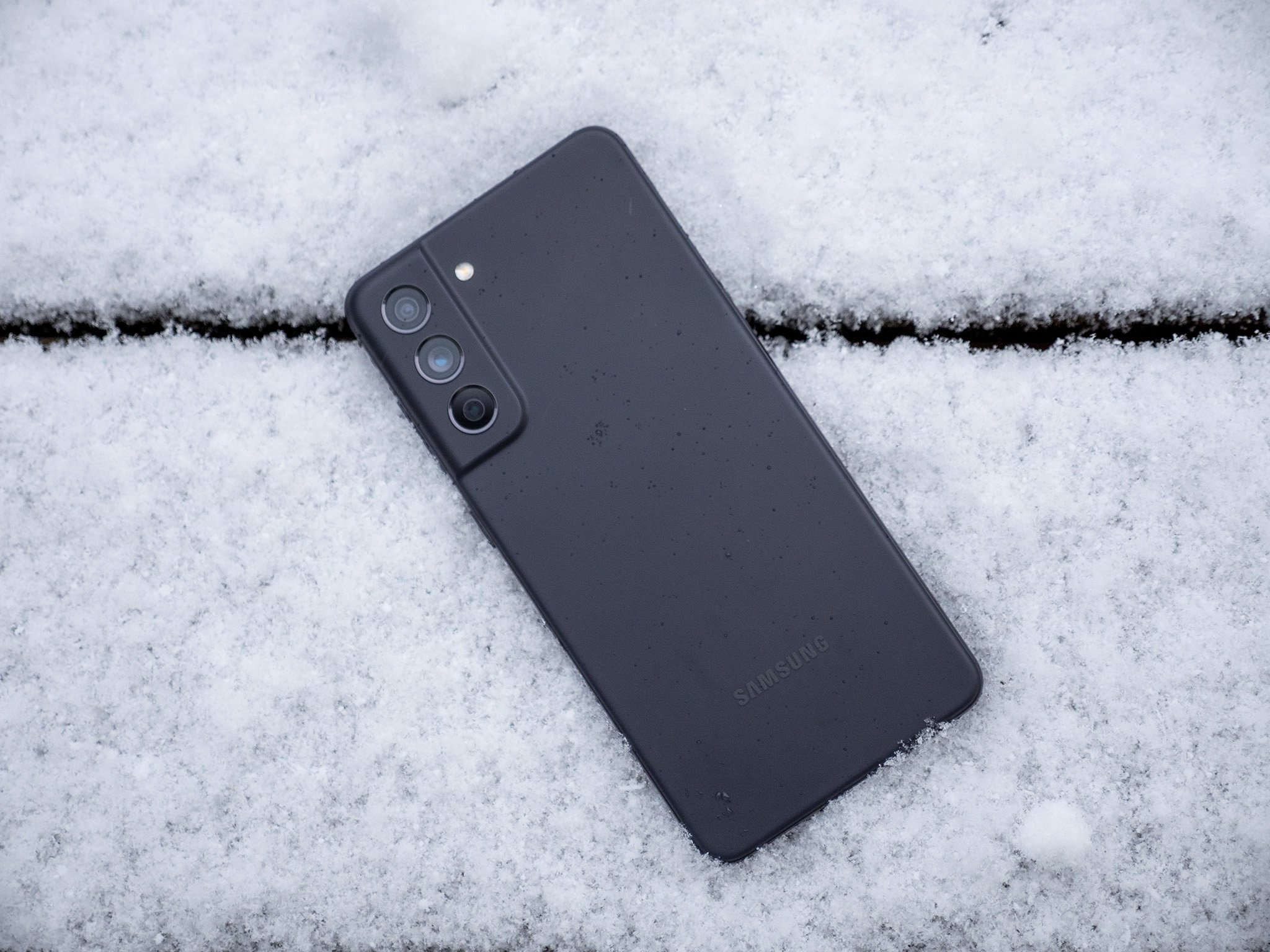
Samsung equipped the Galaxy S21 FE with a trio of versatile cameras on the back. The phone-maker made major improvements to the software, including enhanced HDR processing for more balanced highlights and better shadow details. As a result, the S21 FE delivers very similar, or in some cases, better results than the Samsung Galaxy S21 when shooting pictures. Videography won't impress you as much as the iPhone 13 because you can't record videos in 8K and Apple has better video modes in general, but you'll still get solid shots.
The iPhone 13 has dual cameras instead of the Galaxy S21 FE's triple camera setup. However, the iPhone manages to take brilliant images that are richer in color and detail. The main camera has a larger sensor over its predecessor, improving stabilization. Apple really knocked it out of the park with the Cinematic mode for video capture. This is something you just won't get from the Samsung Galaxy S21 FE.
Samsung Galaxy S21 FE vs. Apple iPhone 13: Which should you buy?
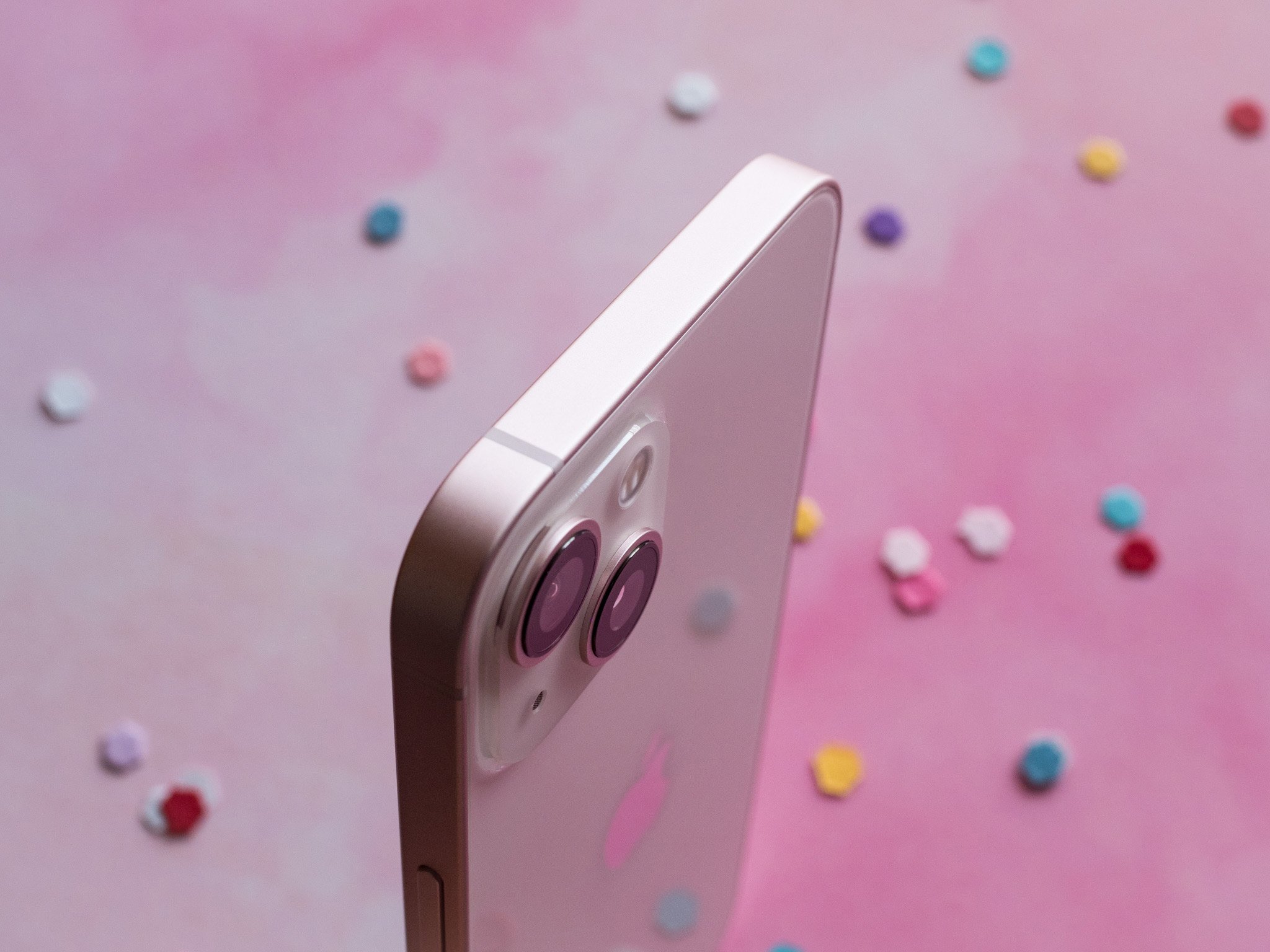
When all is said and done, the iPhone 13 has far better performance than the Galaxy S21 FE, even with its seemingly minuscule 4GB RAM. All of the credit goes to the next-gen A15 Bionic processor. The iPhone 13 has superior haptics, gives you an all-day battery, and Apple is going to push major updates to it for five years. Photos turn out lovely and the Cinematic mode records incredible footage.
However, the iPhone 13 still has a Lightning port, no fingerprint sensor (or Touch ID, as Apple brands it), and has that utterly hideous notch. Any one of these problems may be a deal-breaker for many but probably won't bother you if you already use an iPhone. The Apple device is also more expensive than Samsung's offering and next to the S21 FE, its battery lags behind just a tad. The other major issue with iOS is Apple's limited ecosystem. It's as hard to get out of as it is to get in.
The Samsung Galaxy S21 FE is cheaper and has a fantastic 120Hz display as opposed to the iPhone's slow 60Hz panel. On the other hand, it isn't as bright as the iPhone 13's OLED display. This is an upper mid-range device up against a premium flagship. If you have the budget for it, the iPhone 13 is undoubtedly better at the end of the day, but the S21Fe offers better value overall.

Namerah enjoys geeking out over accessories, gadgets, and all sorts of smart tech. She spends her time guzzling coffee, writing, casual gaming, and cuddling with her furry best friends. Find her on Twitter @NamerahS.
